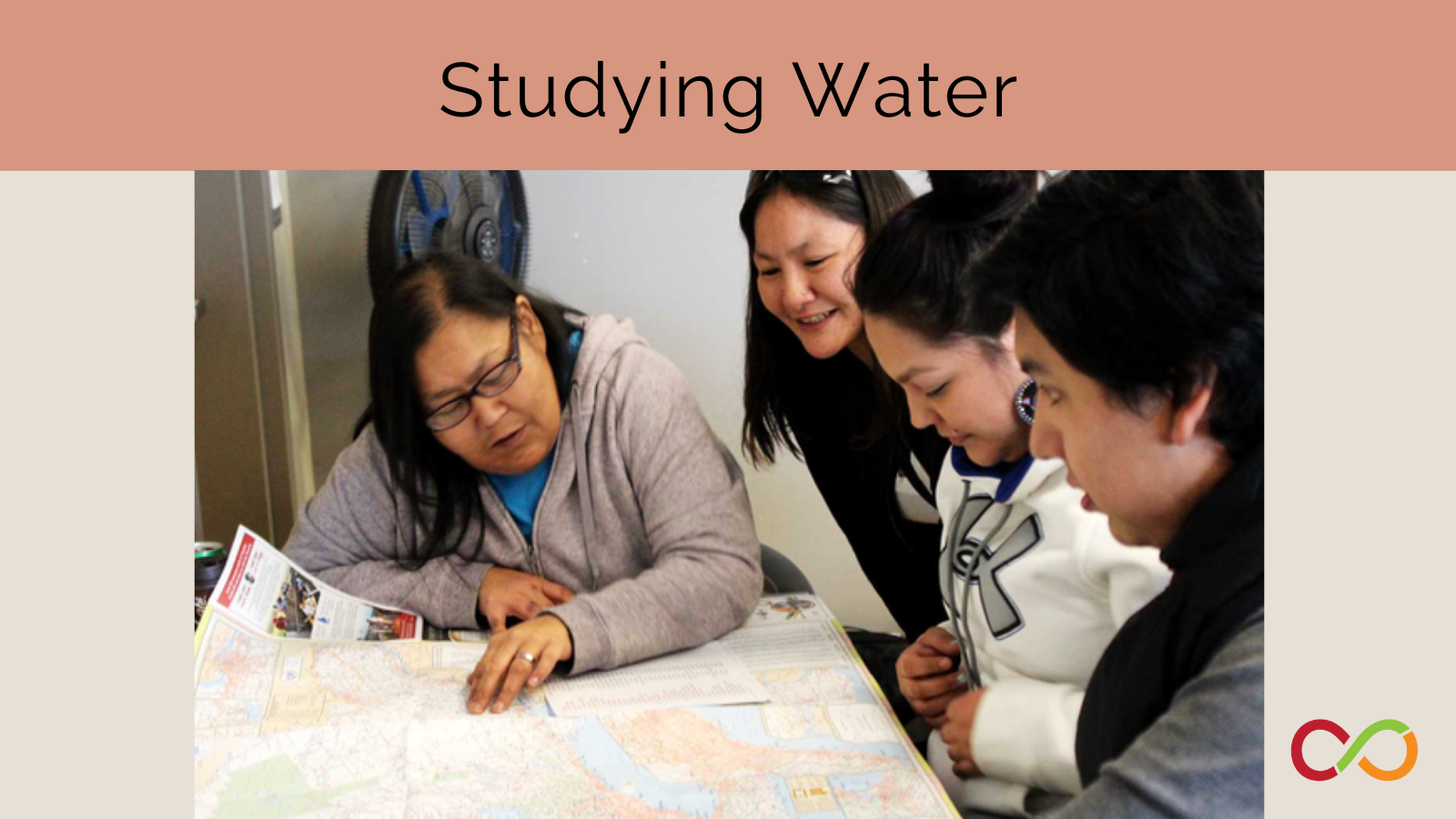Studying Water - Integrating Inquiry-Based Math, Science, Mapping and Social Justice - Part 1: Water Connections
- Junior/Intermediate (Age 9 to 12)
Curriculum Goal
This inquiry-based, water-focused lesson integrates mathematics, environmental science, geography, Indigenous rights, language arts and social justice issues. It was designed to model how inquiry might look in the junior and intermediate grades. It is also an example of how to use mathematics to explore issues of social justice. This lesson has sparked inquiry with groups of teachers during PD as well as with junior and intermediate students in a variety of classrooms. Dr. Bev Caswell developed the lesson in response to the realization that a disproportionate number of First Nation communities experience boil water advisories when compared to the rest of Canada. It appears in the second edition of Natural Curiosity.
"Can you imagine parents, teachers, or the general public in major cities in Canada putting up with this in their schools for weeks let alone years on end?" Caswell says. "Why is there no public outrage on this pressing issue?"
- PowerPoint presentation
- BLM: Anishinaabemowin Water Words
- Computers with Internet access
- Projector
Lesson
- Begin the lesson by reading the following excerpt: “Could I ask you to shut your eyes. Now, open your minds. With eyes closed, look down, down through the surface veneer beneath your feet, past the floor joists and structural shadows, look down until you see the earth. The building disappears, and you are a witness, but time has collapsed and you are not here. Look around you. At first you see forest, great pines and rich flora, then you see water, a riverbank and you hear the sound of fish swimming and butterfly wings – that’s how attuned you are to your surroundings, how inseparable you are from the natural world.”
– An excerpt from: “The opposite of Prayer: Introduction of Tomson Highway” by John Moss in Comparing Mythologies by Tomson Highway. - Give everyone time to write words on sticky notes that come to mind when they think of water. One word per sticky note. Provide time for each student to read the words aloud.
- Ask entire group: “Think about an experience you’ve had that has connected you to water in some way (for example, it could have to do with oceans, lakes, storms, rain, drinking water, tides, floods, canoeing, camping, swimming, etc.).” Talk in table groups or in pairs about experiences. Ask 3-4 students to share their experiences with the entire group.
- Introduce the importance of water in our lives: Ask students to share cultural or religious practices related to water (eg. ritual washing). Share link to Anishinaabe cultural practices (Water Walks) relating to water:
- Share words that relate to water in various languages.
Math refreshers for teachers
What is volume?
It is a word that can have several meanings, such as a number in a series of books; but in terms of measurement, we are looking at how much space an object or liquid occupies. For example, if I have a tank, how much space does it take up?
How to find the volume of prisms:
To find the volume of prism, you have to find the product of the area of the base and the height. For example, if you have a tank with the following dimensions: 50cm (L) x 40cm (W) x 30cm (H), the area of the base is 50cm x 40cm = 2000cm2 . Then you would multiple the base area by the height: 2000cm2 x 30cm = 60 000cm3 . Since 1cm3 = 1mL, 60 000cm3 = 60 000mL. And since 1000mL = 1L, 60 000mL = 60L.
Units of volume:
Volume is measured using L (litres), mL (millilitres), m3 (cubic metre), and cm3 (cubic centimetre).
1cm3 = 1mL
1,000,000 cm3 = 1m3
1000 mL = 1L
1000 L = 1m3
Why is 1 000 000cm3 = 1m3 ?
1m3 = 1m x 1m x 1m
1m3 = 100cm x 100cm x 100cm
1m3 = 1 000 000 cm3
